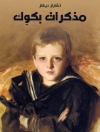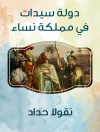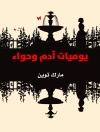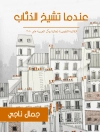Lewis Carroll’s ‘The Complete Sylvie and Bruno Stories’ is a collection of two novels, ‘Sylvie and Bruno’ and ‘Sylvie and Bruno Concluded’, which combine elements of fantasy, philosophical musings, and social commentary. Written in Carroll’s signature whimsical and imaginative style, the books follow the adventures of two young siblings, Sylvie and Bruno, as they navigate a magical world filled with talking animals and eccentric characters. The blend of fairy tale-like storytelling with deeper themes of love, morality, and the nature of reality make these stories a unique and thought-provoking read in the literary context of Victorian literature. Lewis Carroll, a renowned mathematician and logician in addition to being a writer, was inspired to create the Sylvie and Bruno Stories as a departure from his more well-known work, ‘Alice’s Adventures in Wonderland’. Drawing on his fascination with logic and language, Carroll crafted a complex narrative that challenges readers to ponder deeper meanings behind seemingly simple events. I highly recommend ‘The Complete Sylvie and Bruno Stories’ to readers who enjoy exploring the intersection of fantasy and philosophy in literature, as well as fans of Lewis Carroll’s other works. These stories offer a delightful blend of imaginative storytelling and profound themes that will surely leave a lasting impression on any reader.
लेखक के बारे में
Lewis Carroll, the pen name of Charles Lutwidge Dodgson, was a renowned British writer, mathematician, logician, Anglican deacon, and photographer. Born on January 27, 1832, in Daresbury, Cheshire, Carroll is best known for his whimsical and fantastical children’s stories. ‘The Complete Sylvie and Bruno Stories’ are amongst his lesser-known works but encapsulate his unique blend of literary elements, including philosophical ideas and nonsensical poetry. Carroll’s most celebrated classics, ‘Alice’s Adventures in Wonderland’ (1865) and its sequel ‘Through the Looking-Glass’ (1871), have left a profound impact on literature with their distinctive narrative style, language play, and exploration of logic. These works have significantly contributed to the genre of literary nonsense, a style characterized by absurdity, word play, and fantastical themes. Despite the playful surface of his writings, Carroll’s works often include deep mathematical concepts and logical puzzles reflecting his academic background – he was a lecturer in Mathematics at Christ Church, Oxford. Lewis Carroll died on January 14, 1898, but his legacy lives on through the continued popularity of his stories which have influenced not only literature but also philosophy, psychology, and pop culture. His literary artistry continues to fascinate readers, scholars, and interpreters across the world, sparking countless adaptations and analyses.












